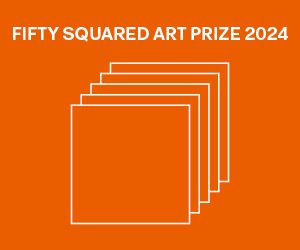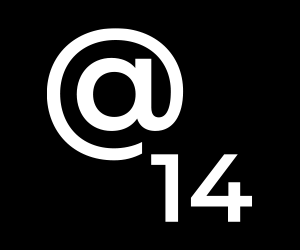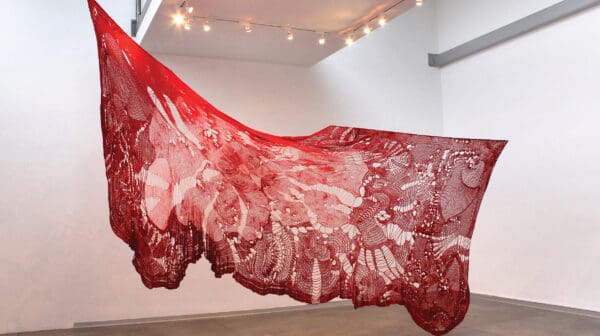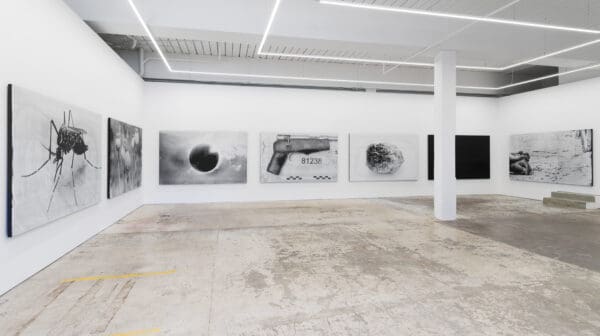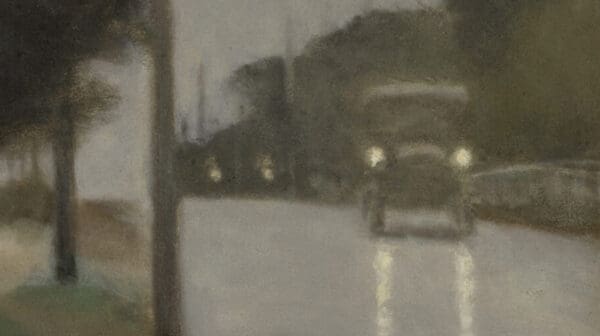First, an apology. I’m going to start this column by mentioning the Biennale of Sydney. For those of you living in the future that is the May/June 2014 edition of Art Guide Australia, the Biennale will soon be fading into memory, but for me, writing this column in the distant past of late March, the BoS has been open barely a week and a half. I apologise because I promised the editors that I wouldn’t discuss it, and certainly not mention the well-reported troubles that occurred prior to its opening, but I just can’t help it. Going to see BoS19 brought up some vexatious ideas about the special place we reserve for art in culture.
Art itself, I have realised, is a kind of magical thinking, a kind of reasoning defined as the “identification of causal relationships between actions and events where scientific consensus says that there are none”. As the term implies by its use of the word “magical”, such thinking disconnects cause and effect from mere coincidence while claiming a supernatural or spiritual influence on causality. A classic example of this is where someone calls on the phone and the recipient claims second sight because they just ‘knew’ that person was going to call. I sometimes imagine I have special mental powers owing to my uncanny ability to find parking spaces in the city or to accurately predict where a bus will stop, allowing me to be first on board. For those fully possessed of magical thinking, no rational explanation will be accepted because you just don’t understand.
There is something acutely self-justifying in the rhetoric that supports major exhibitions, a kind of magical thinking that claims causality between the artwork and the reaction of the viewer which, if you’re not on side with what the work is trying to do, looks more like evidence of abject failure than of unqualified success. Self-justification for art is a major aspect of the contemporary museum and public gallery experience, from catalogue essays to wall texts to opening event speeches, a web of interrelated and connected suppositions about the value of art that is hard to support from any objective point of view.
For many people, art is a process of wish fulfilment, which is to say that its meaning is implicit, beyond language and certainly not ‘culturally derived’ or ‘based’ or any other such art crit speak. Art is self-explanatory, with no need for catalogue essays or critical reviews, it just is. Although I recognise that if such a proposition were true it would put people like me out of a job – and I have a degree of self-interest in ‘problematising’ art – I just can’t get past the idea that something can exist outside culture any more than something can exist outside the universe.
Art is a shared subjectivity: the language and nuance of expression allow us to detect difference and subtlety in art where to the untrained eye the whole thing looks homogenous and undifferentiated and even the so-called ‘universal meanings’ of traditional art is a shared language too.
It’s not a particularly radical idea to suggest that the true meaning of art doesn’t lie in the art object but rather in the discussion around the work, what the experts like to call the ‘discourse’. And this is where the whole project of art – both traditional and contemporary – starts to become maddening. The rational, objective side of me accepts that art exists as an expression of culture, but the irrational, free-car-space-finding side of me accepts the proposition that an artwork exists in the world as much as a mountain does, which is to say, an artwork exists even when I’m not looking at it.
I confess a frustration with art because there’s no set ‘answer’ to the problems it suggests. The art world and the big cultural institutions that exhibit and sell art have a major stake in reiterating all the clichés of its value and meaning. I sometimes think that science is far more comforting than art, even as it tackles the ugly realities of the world, and for every $100 million spent on a new museum/coffee shop we could put a probe on another planet and get some real answers as to why are we here, rather than some airy-fairy talk about what this artwork ‘does’ or ‘means’. But even in this position of rationalism and objectivity, the belief that those things can exist is a culturally derived idea as well.
Perhaps it was just a cosmic coincidence but in the same week the Biennale of Sydney opened, news came that scientists were claiming to have detected gravity waves, a residual pulse of the big bang echoing through the universe. Not only was this definitive proof of the big bang itself, and the last piece of Albert Einstein’s theory of relativity to be objectively confirmed by observation, but the discovery of gravity waves also opened up the possibility of alternate universes floating like bubbles in the frothy brine of the multiverse. Not only is there more than one universe, but also, these parallel places wouldn’t necessarily follow the same physical laws as ours, which is to say, magic may work in another universe, and maybe even this one too.


